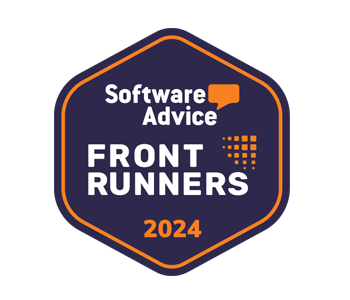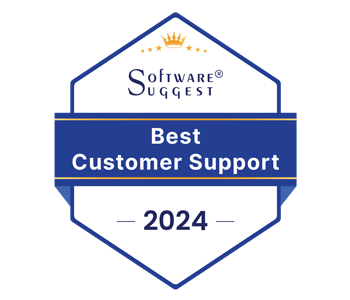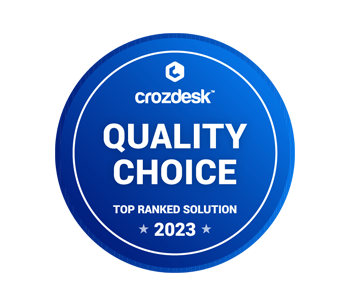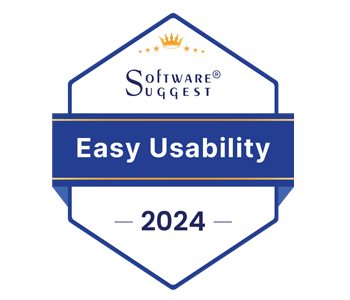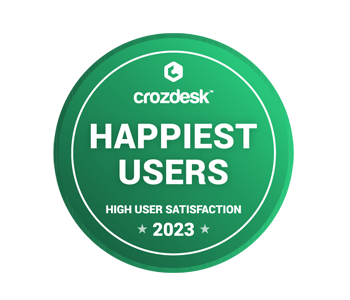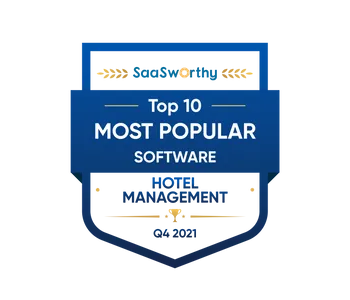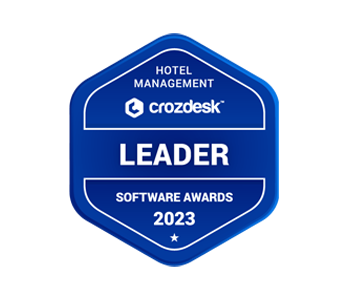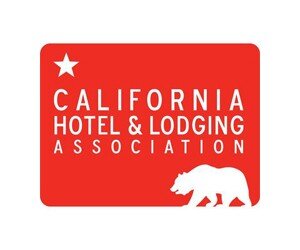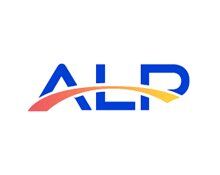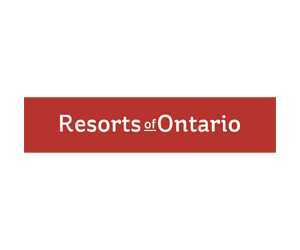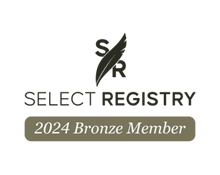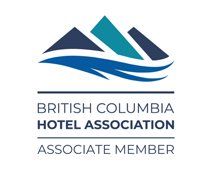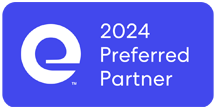So many things have changed through the pandemic—and guest expectations are one of them. On one hand, guests are expecting the same types of experiences they once had. On the other hand, they have amped up their expectations of cleanliness, touchless technology, and timely digital communication. With these high expectations, how do hotels fare when staffing shortages are at an all-time high? Don’t worry. You don’t have to do all the things.
In what some are calling a “guest satisfaction crisis,” we have some practical advice about what to prioritize, when to streamline, and how to manage guest expectations for a more pleasant experience—for your guests and you!
Guest Dissatisfaction Based on Review Analysis
ZS, a leading-edge analytics firm, determined guests’ top concerns by analyzing guest reviews from a broad spectrum of 16,269 US hotels (1.85 million reviews to be precise), from February to August 2021 compared with 2019 for that same period. Sixty-five percent of those hotels experienced a decline in guest satisfaction.
Hotel guests were most dissatisfied with:
- Cleanliness
- Dining options
- Customer service
There it is in a nutshell! While concerns vary from hotel to hotel, starting with these top three pain points will give you an edge in ultimately managing your guests’ expectations.
How to Manage Guest Expectations
The best way to manage guest expectations is to not only meet their expectations, but to communicate your services clearly. Let’s break down what you can do to increase guest satisfaction when it comes to their top concerns: cleanliness, dining options, and customer service.
Cleanliness
This is a tough one for hotels already challenged with staffing shortages. Due to the pandemic, guests also have higher expectations about cleanliness than before. According to the report, many hotels are cutting back on housekeeping standards to make do, by no longer offering daily housekeeping visits. As a result, garbage piles up, towels are wet, and people don’t want to make their beds on holiday. It’s easy to understand that such conditions don’t feel much like a getaway. Others have reported larger issues with mold, stains, and dust, for example.
Action: Since cleanliness is a top concern for guests, standards should be upheld—which is possible through the power of streamlining your housekeeping. Whether rooms are serviced daily or less frequently, it’s important to make sure you have an automated system in place that helps you stay on top of housekeeping schedules, tasks and room status.
A property management system (PMS) like WebRezPro comes with housekeeping software to help hotels organize and track all housekeeping responsibilities and includes itemized checklists for specific rooms to help maintain room cleaning standards. The system is mobile so housekeepers can access their schedule and update room status as they work and, directly integrated with the front desk, the system allows front desk staff to see which rooms are clean and ready for guests in real time. Maintenance alarms and housekeeping notes can be attached to any room to notify staff of guest complaints or requests, ensuring no request slips through the cracks.
Communicate: Communication about cleanliness is key. Set clear expectations with your guests about your housekeeping commitments. Because guest satisfaction is so strongly connected to cleanliness, we don’t recommend eliminating a daily room refresh; however, you could make this optional for guests. Automated pre-arrival messaging should outline your housekeeping protocols (or link to a page on your website that describes your property’s current policies) so that guests know what to expect in advance. If guests have the option to opt out of or into daily housekeeping services, consider including this option as part of the booking process. You could offer guests a perk such as a free drink for every day they opt out of daily housekeeping as a reward for helping save the planet!
Dining options
Next up on the guest satisfaction scale is dining options. Many hotels closed their restaurants, lounges, and breakfast bars during the pandemic and have not started them up again for several reasons, the main one being staffing issues. However, lack of breakfast is the biggest pain point for guests, especially if they’re used to a free breakfast bar or continental breakfast.
Action: For hotels that have a restaurant but not the levels of staff required, perhaps a self-serve breakfast bar could be created with simple food items like muffins, yogurt, fruit, and cereal. If you have a breakfast bar, it’s time to fire it up again—even if it’s a scaled-back version without the waffle machine and the biscuits and gravy. If this isn’t at all feasible, consider other options such as room service (you won’t need wait staff), pre-packaged pastries and self-serve coffee in the lobby, or a curated list of recommended nearby restaurants you have partnered with that offer guests a discount.
Communicate: Be very clear about your dining options! Guests’ dissatisfaction correlates to their expectations not being met so ensure your website reflects your current offerings. At the same time, focus on the positive. Instead of stressing that your breakfast bar is closed, focus on a discount for the restaurant next door, or the convenience of your pre-packaged grab-and-go breakfasts, for example.
Customer service
Customer service makes a huge impact on guest satisfaction, with helpful staff creating a delightful experience and stressed-out staff resulting in a negative one. This isn’t rocket science but it’s worth diving into.
Action:
- Training – It may be a simple case of providing a little extra training, or refreshers and reminders about what good service looks like. Celebrate and make examples of good reviews. Find out what motivates your staff: Is it the joy of knowing they’re making a difference, or is it the promise of a pizza day for a determined amount of positive reviews?
- Streamline – Streamline your operations as much as you can to reduce the pressure on your staff. Use a PMS like WebRezPro to automate booking confirmation and pre-arrival emails and offer online guest registration to eliminate front desk lineups.
- Keep positive – Remember, your staff can’t give from an empty bucket. Morning bagels, free refreshments, pep talks, and positive reinforcement can go a long way to show your staff you appreciate them. Ask what your staff is needing from you—and listen!
Communicate: Empower guests to take responsibility for their own comfort and satisfaction through hotel tech. For example, when you invite your guests to register online in advance of their arrival via email, you’re saving them time at the front desk. When you ask guests whether they need a room refresh or not, it’s up to them to decide. In addition to greeting guests when face-to-face, be proactive and reach out via email or SMS during their stay. If something’s not right, then you can fix it in the moment rather than wait for a negative review to find out. As a hotelier, it’s your responsibility to provide open lines of communication with your guests—and hotel technology can help you manage that efficiently.
What else can hotels do to keep guests satisfied?
Do what you can to foster delightful guest communication through every stage, from pre-booking through to post-stay. Here are some proactive ideas to help keep things positive at your hotel.
- Web content: Be positive but realistic about what your hotel offers and ensure your amenities are up-to-date on your website.
- Pre-stay email: Be clear about what protocols are currently in place while offering guests the option to register in advance online, pre-book room service, or book a pool time, for example.
- During stay: Check in with guests via email or SMS to see if there’s anything you can do to make their stay more enjoyable.
- FAQs: Keep FAQs updated on your hotel website and consider a chatbot so information is always easy to access.
- Letter from the manager: Write a well-written, heartfelt (and short) welcome email from the manager (this can be automated through email templates)—or a hard copy letter in each room—to provide genuine thanks and a personal invitation to reach out anytime. Perhaps this includes a welcoming group shot of your staff, which humanizes your brand and creates a personal connection with guests. People are less likely to be rude and more forgiving when they remember they are dealing with real human beings.
- Provide delight: Keep things positive and delight your guests with unique hotel tech like robot room service and smart rooms; provide useful perks like mini hand sanitizers; create unique vacation packages like in-room family movie night (movie rental included in room fee and a basket with a bag of popcorn and other snacks provided on arrival); coupon for a nearby restaurant; free pre-packaged snacks in the lobby—all things that provide high-impact delight for low-effort investment.
- Post-stay survey: Send an automated email with a post-stay survey to help you pinpoint what your specific guests like and want to see improved. It also gives you the chance to fix something with a guest before they go public.
Guest satisfaction crisis?
The fact that 65% of hotels are seeing a decrease in their satisfaction ratings means if this is the case for you, you’re certainly not alone. Fortunately, the roadmap to improved guest satisfaction is no mystery, beginning with cleanliness, dining options, and customer service. The good news is that hotel tech streamlines your operations and empowers you to impress guests with a new level of efficiency and engagement. At the end of the day, what guests are after is simple: relaxation, comfort, and an escape from the everyday. By keeping the lines of communication open with your guests—whether that’s by email, text, or face-to-face—you’re sure to deliver a positive guest experience.








